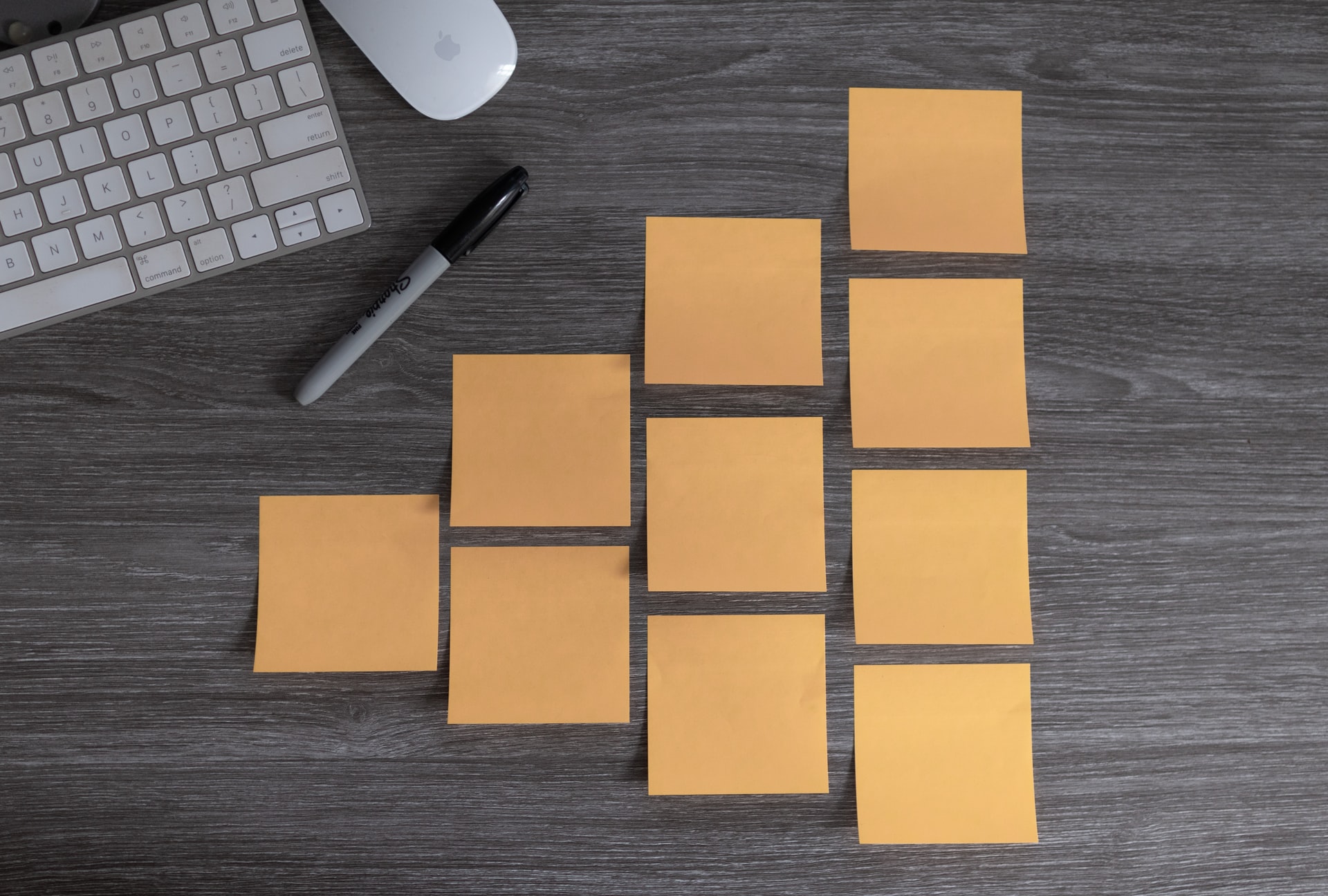
Cover photo by Kelly Sikkema on Unsplash.
Learn how our core development team works and about how to collaborate with us!
Introduction
The secureCodeBox is still a small, yet growing open source project. At the time of writing, the major share of work is done by roundabout eight developers from Iteratec. That's also where the idea for the secureCodeBox was born about four years ago. Lately, we received a growing number of community contributions (Thank you!), which encourages us to reveal our internal development process to a wider audience. We do so to enable you, if you will, to take an even more active part in our development process (see last section).
How We Work
Both, students and full-time developers, work together in our team. In addition, we are highly geographically distributed all over Germany. This, of course, requires some coordination, because especially the regular employees often have to take some time for the open source project only. That's why we are working in an agile setup and try to stick to the general ideas of Scrum and Kanban. We work in sprints of two weeks (regularly). For each sprint, our Product Owner (PO) decides, which tasks are the most important to solve. Thereupon, our developers are free to coordinate and pick the issues they want to work on. The communication itself happens on our internal MS Teams platform. To keep the community updated all our tickets are publicly available on GitHub as issues. You can even get insight into our current sprint in our GitHub Project. The issues in the To-Do column are sorted by their importance regarding the current sprint.
For each issue, one or more developers will usually create a new branch in the repository and commit changes there. After completion, a Pull Request (PR) will be created and reviewed by other members of the team. After all our CI tests and the reviewer are satisfied, the PR gets merged automatically or by one of our admins.
Review/Retro/Planning Session
The highlight of every sprint, finally, is our Review/Retro/Planning session. It lasts about two hours, while we first review which results we achieved during the last sprint, i.e. which issues we worked on. We often show new features that we added to the other developers and the Product Owner, or point out on problems that we are currently facing and how we want to solve them. Because of limited time, we don't discuss new features or problems in-depth, as we also have a separate dev meeting for that.
Next up, we do a retro(-perspective) of the elapsed sprint. For example, we discuss what we liked, what we learnt and what we missed in the past weeks. This can range from technical problems over theoretical learnings about security to personal issues. It is designed as a safe space where everyone can freely speak his mind without fear of negative consequences. We also try to stick to the principles of Inspect and Adapt, which means that we always want to improve on limitations and problems that we identified during the last sprint.
Finally, we plan our next sprint, where issues will get prioritized by the product owner as described above. Other team members will, of course, also be asked for their opinion on what to focus on and what will take how much time. This ensures that the dreams of our product owner always stay realistic ;-). After that, a new sprint starts over (but before we enjoy our weekend).
Get Engaged!
You now know how our core development team is organized to work at the secureCodeBox. If you are a regular user of the secureCodeBox and/or want to contribute more actively to the code, now is the best time to start! Of course, you can stay "anonymous", create your own pull requests and issues in our repository or chat with our developers about new features. If you, however, want to take one step further, we are very happy if you get in touch, for example by writing us an e-mail or joining our Slack channel.
Of course, we will face some new challenges when we integrate new stakeholders and developers into our meetings. The time span of our meeting is already quite tight for all that we have to discuss, and we would probably also have to deal with different time zones. That is why we are very happy to hear from you and discuss, how we can get you involved into our development process and find solutions together!